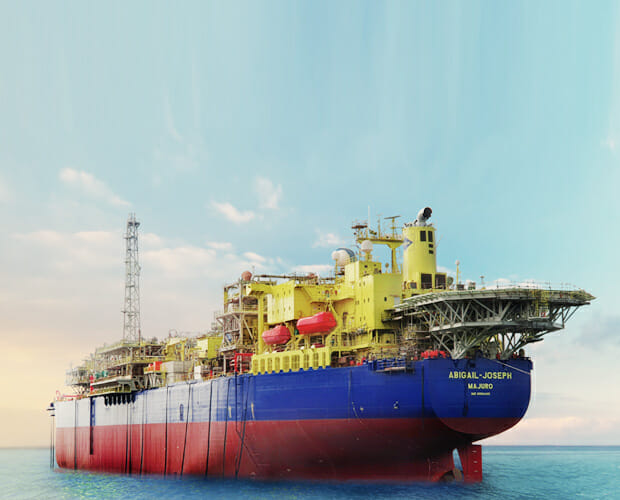Oil prices are likely to be capped over the immediate term amidst a supply overhang as Russian oil has gradually found its way back to the system. India, and to a lesser extent, China are now well fed with Russian crude exports at discounted prices, re-routed from its traditional European market.
Recall, oil prices surged in CY22 following the Russian-Ukrainian conflict, leading to swift sanctions on Russian oil
exports. This coupled with the steep recovery in oil demand especially in the EU and North America as the world
transitioned into a post-pandemic era, as well as OPEC’s inability to ramp up productions in a short period of time, led to
a global shortage that drove oil prices up.
As at Feb 2023, Russia’s oil production was at near pre-war levels, with India and China accounting for >70% of the
country’s crude exports. Note that Russia is the third largest oil producer in the world, only behind the US and Saudi
Arabia, contributing to ~10% of global productions. Hence, a resurgence of Russian oil back into the circulation of global
markets will have a significant impact to the global supply-demand balance.
On the demand side, China’s reopening will remain the biggest driver for demand growth throughout CY23, especially in
the 2H (while the demand growth for the rest of the world plateaus as the economies having recovered fully from the
pandemic). Given the increased production from the US and OPEC, the oil market is well prepared to cope when global
oil demand finally returns to the pre-pandemic level of >100m barrels per day. Research houses like Kenanga are maintaining their current Brent crude oil price assumption of USD80/bbl in CY23 (vs. an average of USD99/barrel in CY22)
On the local front, Petronas is guiding a capex spending of RM300b for the next five years of FY23 – FY27 (thus averaging to ~RM60b per year) – representing a 43% increase from the previous five-year period of RM208.5b, with over 80% of it allocated for its core business in hydrocarbons. This is expected to continue sustaining local activity levels. Prime beneficiaries of higher Petronas capex, and sustained local activity levels, include the likes of DAYANG (from higher demand for offshore maintenance, and hook-up and commissioning works), UZMA (on higher brownfield activities – e.g., well services, oil production enhancements), as well as VELESTO (from pick-up in demand for jack-up drilling rigs).
Meanwhile, globally, CY23 is expected to see a further ramp-up in offshore exploration and production (E&P) capex, especially from CY20-CY22 levels, as an aftermath of under-investments in the industry over the past several years. Its business as usual for Bursa-listed FPSO players like YINSON, MISC, and ARMADA, who have been actively participating in international job bids, with opportunities emerging from Latin America, Asia Pacific and Africa.
The FPSO space is starting to see a supply squeeze – i.e., many global FPSO players are already pre-occupied with jobs developing at hand, and hence, more recent bids have started to see very few bidders, making it very much an operator market. Additionally, pipe-coating player WASEONG will also be another prime beneficiary of the global oil and gas capex cycle – given its unique market position operating effectively in a duopoly against Canadian-listed Shawcor Ltd









